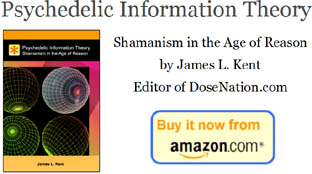Review: 'The Holy Mushroom' by Jan Irvin
 |
Originally published in 2008 "The Holy Mushroom: Evidence of Mushrooms in Judeo-Christianity" by Jan R. Irvin, with Jack Herer, is a fine addition to a very much under-researched area; the entheogenic relationship with religion. It critically re-evaluates the schism between the theory's two greatest proponents -- R. Gordon Wasson and John M. Allegro -- and introduces new pictorial and textual evidence to add weight to the contemporary arguments.
The study of entheobotany developed off the back of ethnobotany, which is to say the relationship between humans and plants developed into the more precise consideration of the theoretical existence of a connection between hallucinogenic agents and religious/spiritual practice in human history.
There's a fair amount of controversy surrounding the topic and this is reflected in the fact that, for the most part, mainstream researchers have failed to give it a detailed deconstruction; leaving it beyond even the periphery of academic circles. However, one deconstruction that has been performed was by Dr. Andy Letcher in his book "Shroom". He concluded that, according to the available evidence, the religious use of magic mushrooms in the Western world is a modern phenomena. According to Irvin, however, "The Holy Mushroom" disproves his conclusion.
|

Recently @ DoseNation
|
|






















The comments posted here do not reflect the views of the owners of this site.